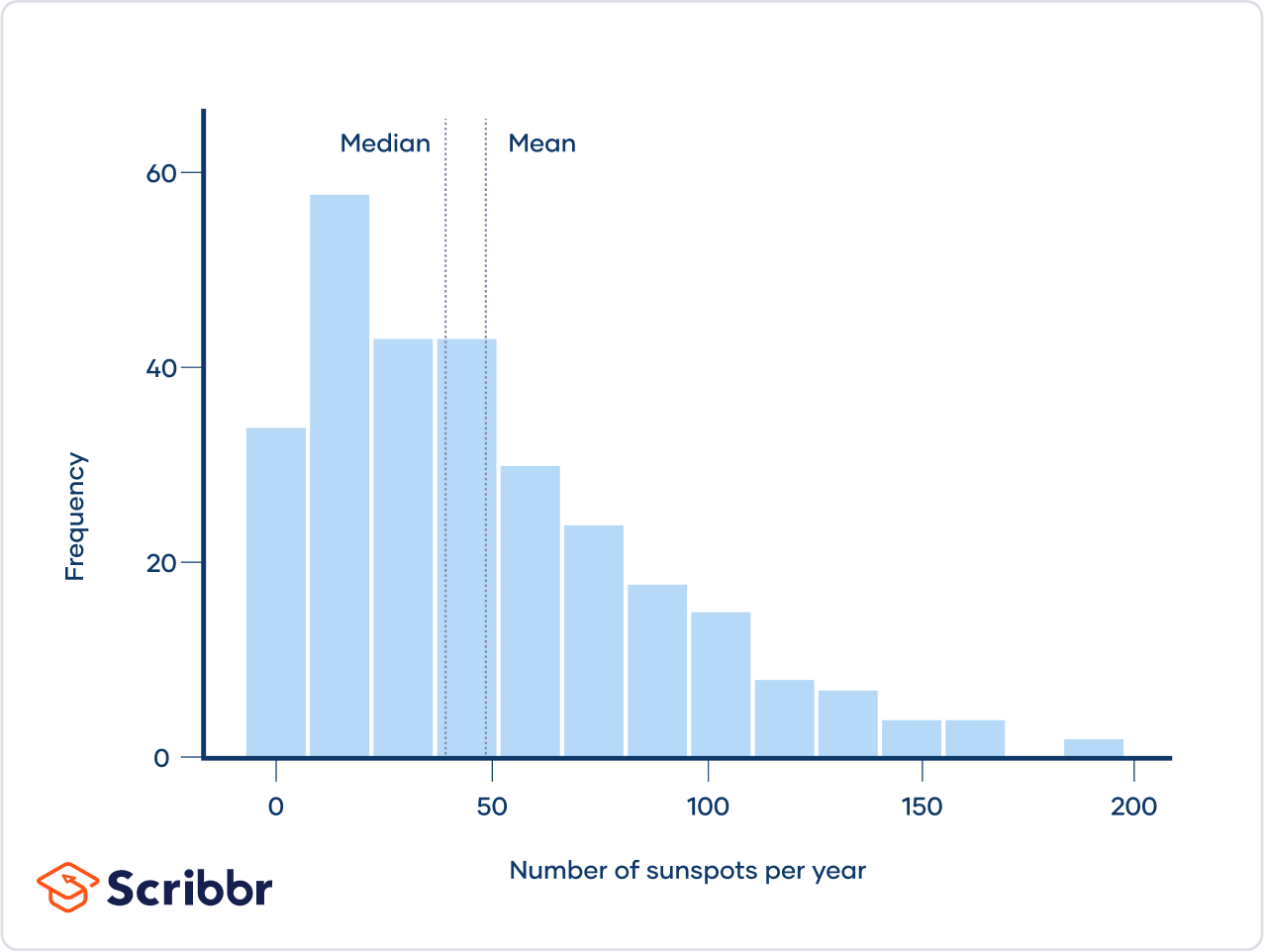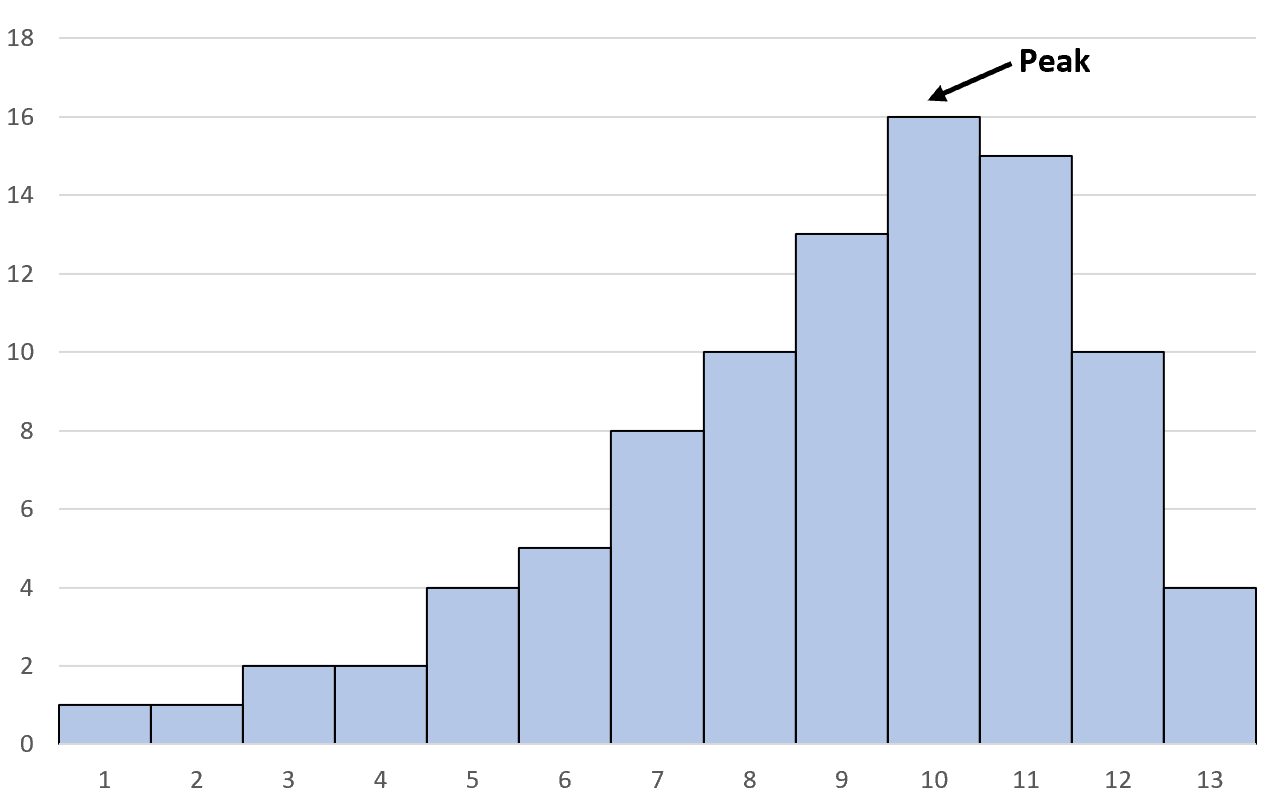ST 311
1/125
Earn XP
Description and Tags
ncsu
Name | Mastery | Learn | Test | Matching | Spaced |
|---|
No study sessions yet.
126 Terms
Data
Collections of observations (measurements, counts, and survey responses)
Population
Complete collection of all measurements or data that is being considered. Aka population of interest
Sample
A subset of members selected from a population
How to select a sample
Should be random and representative of the population
Parameter
Numerical measurement describing some characteristic of a population
Statistic
Numerical measurement describing some characteristic of a sample
Quantitative Data
aka numerical data; consists of numbers representing counts or measurements
Examples of quantitative data
age of an athlete, weight of a letter
Categorical Data
aka qualitative data; consists of names or labels
Example of categorical data
college major, hometown
Discrete Data
result when the data variables are quantitative and the numbers are countable/finate
Example of discrete data
the number of tosses of a coin before getting tails
Continuous/numerical Data
result from infinitely possible values, uncountable
Example of continuous/numerical data
the arm span of high school seniors
Bias
those samples that are more likely to produce some outcomes than others (resulting statistics might be too high or too low)
Convenience
those samples that are easy to collect (often have some bias or don’t represent the population in general)
Volunteers
a self-selected sample of people who respond to a general appeal
Simple random sample
a sample of x subjects is selected in such a way that every possible sample of the same size n has the same chance of being chosen
Stratified sample
subdivide the population into at least two different groups, so that the subjects within the same subgroup share the same characteristics. then draw a sample from each subgroup
Cluster sample
divide the population area into naturally occurring sections then randomly select some of those clusters and choose all members from the selected cluster
Systematic sample
select some starting point and then select every nth element in the population. works well when units are in some order (ex. house on the block)
Multistage sample
collect data by using some combination of the basic sampling methods
Bad sampling frame
when attempting to list all members of a population, some subjects are missing. can be difficult to obtain a complete list
Undercoverage
the sampling frame is missing groups from the population
Non-response bias
some parts of the population chose not to respond
Response bias
responses given are not truthful
Wording/order
wording of questions is leading to elicit a particular response
Experiment
the process of applying some treatment and then observing its effects. almost always compares two (or more) groups (treatment vs control)
Observational study
the process of observing and measuring specific characteristics without attempting to modify the individuals being studied. tells what’s happening and cannot describe cause-effect relationships
Response variable
measures an outcome of a study
Explanatory variable
explains or influences changes in the response variable
Treatment effects
different treatment = different outcome (what we want)
Experimental error
variability among observed values of the response variable for experimental units that receive the same treatment
Lurking variables
a variable that is not among the explanatory variables in a study and yet may influence the interpretation of the relationship among response and explanatory variables
Confounding variables
two variables are confounded when the effects on the response variable cannot be distinguished from each other
Control
control the effects of lurking/confounding variables by careful planning (control group receives no treatment)
Randomization
randomly assign experimental units to treatments to reduce or eliminate bias
Replication
measure the effect of each treatment on many units to reduce chance variation in results
Completely randomized design
participants are randomly assigned to treatments (including control group). Assumes that on average lurking variables will affect each treatment group equally
Randomized block design
divides participants into subgroups called blocks. Variability within blocks is less than variability between blocks. Participants from each block are then randomly grouped.
Matched pairs designed
used when an experiment has only 2 treatment groups; participants can be grouped into pairs and within pairs are randomly assigned to different treatments
The placebo effect
the tendency to react to a drug or treatment regardless of its actual physical function.
Hawthorne effect
behavior is different because the subject knows they are being watched
Blinding
When individuals associated with an experiment are not aware of how subjects have been assigned
Single blind study
those who could influence the results are blinded
Double blind study
those who evaluate the results are blinded as well
Measure of center
a value at or near the middle of a data set (mean, median, mode)
∑
denotes a sum, “sigma”
x
denotes an individual data value
n
denotes the number of values in a sample, “sample size”
N
denotes the number of values in a population
x̅
denotes the sample mean, “x bar”
μ
denotes the population mean, “mew”
Mean
found by adding all values and dividing by the number of values in a data set (uses every data value so not good for skewed data)
Median
the value in the middle when listed in ascending order (not affected by outliers, can be used with any data set)
Mode
the value that occurs with the greatest frequency (only useful for multimodal or qualitative data)
Unimodal
dataset with one mode
Bimodal
dataset with two modes
Multimodal
dataset with more than two modes
Which measure of center do you choose?
Quantitative = mean or median
Categorical = mode
Horizontal histogram
represents quantitative data
Vertical histogram
represents frequency
Right skewed histogram
highest amount to the left

Left skewed histogram
highest amount to the right

Symmetrical
mean = median = mode
Right skewed (pos)
mode < median < mean
Left skewed (neg)
mean < median < mode
Range
the difference between the maximum and minimum
R = max value - min value (highly affected by outliers)
Interquartile range
provides a range of values that are not as affected by potential outliers
IQR = Q3 - Q1
Varience
V = (standard deviation)2
Standard deviation
SD = √V
Standard deviation
a measure of how much data values deviate from the mean. Increases with 1 or more outliers (never negative)
σ²
population variance
σ
standard deviation
s2
sample variance
s
standard deviation
z-Scores
when you want to compare two numbers from different groups relative to their own groups
Positive z-score
data value is above average
Negative z-score
data value is below average
z-score equation
Z=\frac{x-\mu}{\sigma} (value - mean / standard deviation)
-1 \sigma to +1 \sigma
68% of the data lie between these
-2 \sigma to +2 \sigma
95% of the data lie between these
-3 \sigma to +3 \sigma
99.7% of the data lie between these
The emperical rule
for a normal distribution, approximately 68% of data falls within 1 standard deviation of the mean.
Significantly low
values are considered significantly or unusual if they are -2 \sigma or lower
Significantly high
values are considered significantly or unusual if they are +2 \sigma or higher
Probability
represented by the area under the density curve
Normal distribution (total area under the curve is equal to 1)
a continuous probability distribution for a random variable. Mean, mode, and median are equal. Bell-shaped and is symmetric about the mean.
Parameters
The mean is located in the center and the standard deviation defines the shape
Normal distribution
X~N( \mu , \sigma )
The standard normal distribution
the distribution of z-scores, has a mean of zero, and a standard deviation of one.
Z~N(0,1)
Probability distribution
describes how likely the values of the variable are to occur
Binomial distribution
a binomial random variable counts the number of successes that must be true
Qualities to make a distribution binomial
Fixed number of trials/observations labelled as “n”
Independent trials (outcome of one doesn’t affect the probability in the others)
Either a success (S) or failure (F)
Success in binomial distributions
when the outcome that a random variable is counted, probability of success is constant for each trial.
Success equation
P(S) = p
Binomial equation
X~Bin(n, p)
n = # of trials & p = probability of success
Mean of binomial distribution
\mu=n\cdot p (the mean of a random variable, aka E(x), the expected value)
E(x)
the expected value, a weighted mean of the outcomes (likely outcomes get more “weight” than unlikely)
Expected value vs mean of random variable
expected value of a discrete random variable is equal to the mean of the random variable